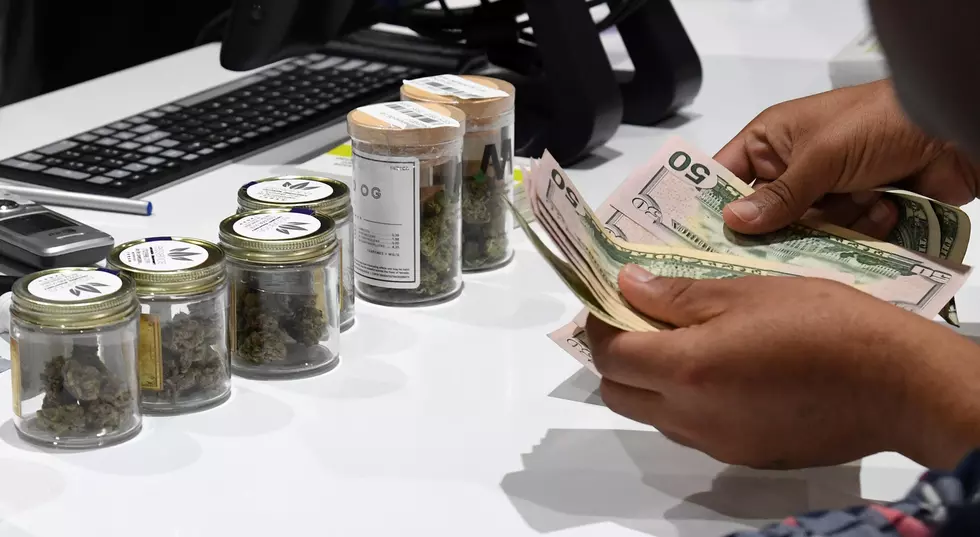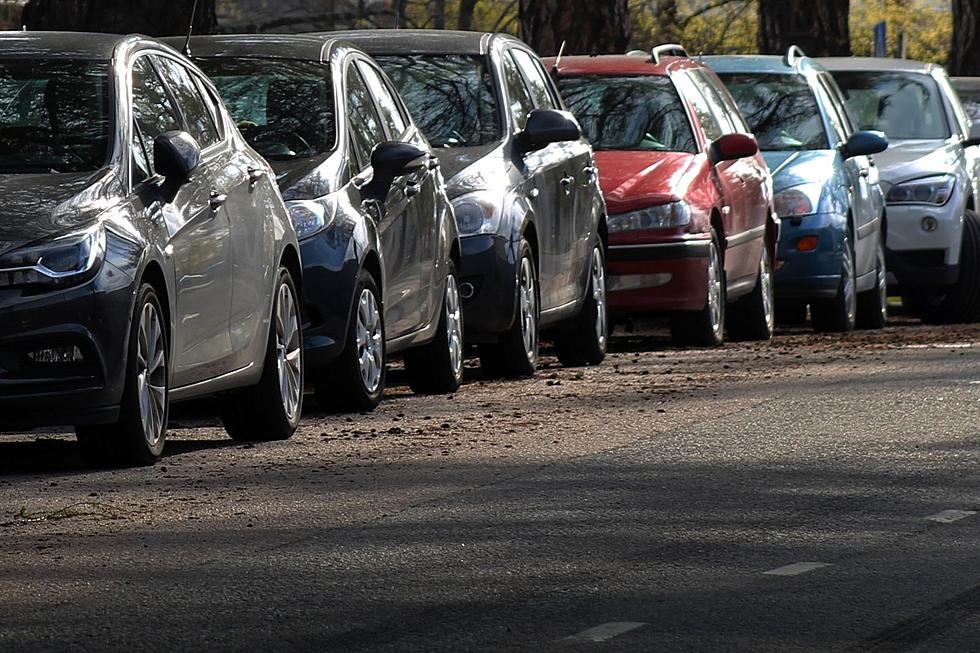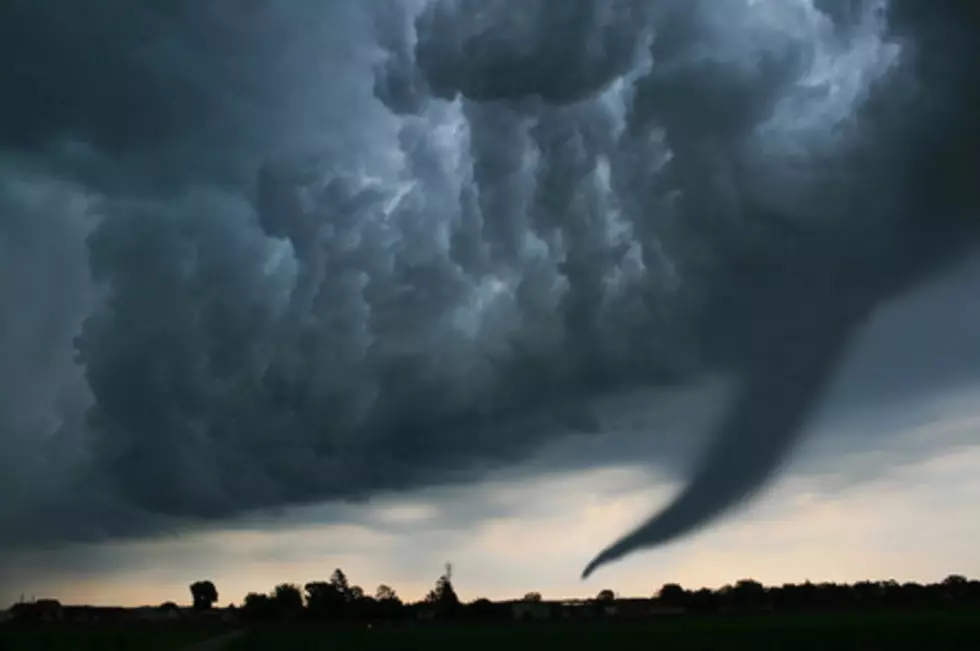
How is Great Barrington Spending Pot Money?
This year at Town Meeting, Great Barrington voters will decide how to spend up to $3 million of marijuana tax revenue. Here’s a roadmap to follow the marijuana money — but first, a little background on Massachusetts fiscal policy. The following was put together by the Vice Chair of the Great Barrington Selectboard, Ed Abrahams and sent to WSBS.
According to the Department of Revenue (DOR), marijuana income must go into the General Fund and be certified by DOR as Free Cash before it can be spent. What does that mean?
What is the general fund and what is free cash?
The general fund is the town’s bank account. It’s where money sits until Town Meeting voters allocate it to a specific use, like snow removal or library books.
Free cash is not as good as it sounds. In a perfect world we would budget exactly what we need to pay for the services voters want, but in real life, there are unanticipated expenses and income. To make sure we don’t run out of money, which would require a special town meeting be held, the town purposely underestimates income and overestimates expenses. At the end of a budget year what is left is called free cash.

Because marijuana taxes are new and unpredictable, DOR doesn’t allow towns to budget for the income so it all goes into free cash. In this case, that was a $3 million bump.
One more thing to understand when trying to follow the marijuana tax is that money is fungible. When you get it from several sources and put it in a pile (or into free cash) and then decide to spend it, it is no longer possible to know which dollar is being spent on which expense. If money goes into free cash from marijuana taxes, and money also goes in because we spent less on office supplies than expected, and then the money in free cash is budgeted at Town Meeting to pay for a new police car and support for veterans, one can’t really say which income source paid which expense.
What we can do is look at previous years’ budgets and compare them to this year and try to line up the differences in a way that makes sense. By doing that, it is possible to say that the following five budget items proposed for the next fiscal year wouldn’t have happened without the huge influx of marijuana money. The good news is that the first four will result in immediate or future savings for taxpayers.
- $1 million of cannabis money will be used to lower the tax rate next year. Each year voters must decide where to get the money to fund the budget. Most of it comes from property taxes, but we can also use some of the free cash to pay next year’s bills. Every dollar taken from free cash is a dollar we don’t have to get from property taxes the following year. This year we were able to use nearly a million dollars more free cash than in previous years thanks to the marijuana money. That’s a million dollars of property tax we don’t have to pay.
- $200,000 will be put into a stabilization (or rainy day) fund. This is where we put money away in case there’s a large unforeseen expense or loss of income in a future operating budget. That fund has not been added to for many, many years. This year, because of the marijuana money, we can add to it without increasing the tax burden. It will save future taxpayers money when the funds are used.
- $200,000 is going into a capital expense stabilization fund. This is the same as #2 but specifically earmarked for large capital expenses, like a bridge or a high school. We can use the money in this fund to prevent a large jump in taxes when we have a sudden need for capital spending in the future. The town’s goal has been to put $100,000/year into this fund. Last year, because of tight budgeting, we didn’t do that. This year, because of the marijuana money, we are able to fund it for last year and this year. This will also save future taxpayers money.
- $160,000 is being used to pay for equipment, including a police car, that in previous years we would have purchased with borrowing. That’s $160,000 that future taxpayers won’t have to pay back with interest.
- That leaves about a million and a half dollars called Community Impact Funds, a special tax on the marijuana industry. The state says we must spend it to mitigate the negative impacts of legal marijuana, for example, funding drug abuse education. This probably won’t save taxpayers money, but it will provide resources and services to town residents that we wouldn’t have had otherwise. The finance committee has recommended we spend $350,000 next year and save the rest since the community impact fee is likely to disappear in the future.
All of these proposed expenditures are just that: proposals. There will be a public hearing on Tuesday, Mar. 30, to get voter input on these and all other budget recommendations. If you have suggestions on how to spend your tax dollars, this meeting is your opportunity to weigh in and shape what goes to Town Meeting for a vote. The budget isn’t final until Town Meeting votes.
READ ON: See the States Where People Live the Longest
The 100 Best Places to Live on the East Coast
LOOK: Here are the best small towns to live in across America
More From WSBS 860AM









